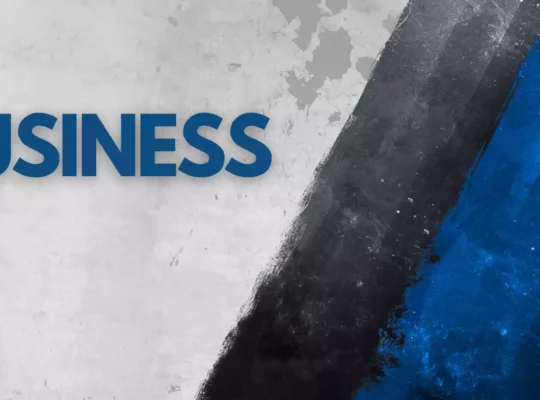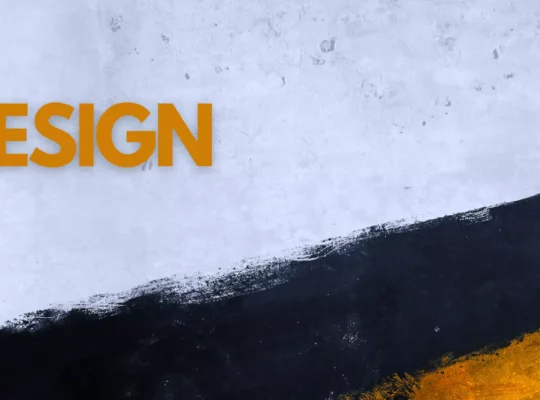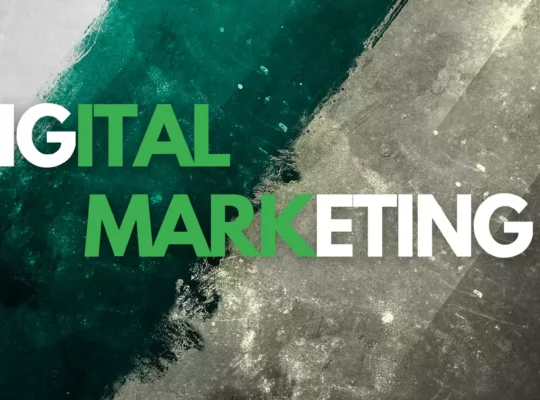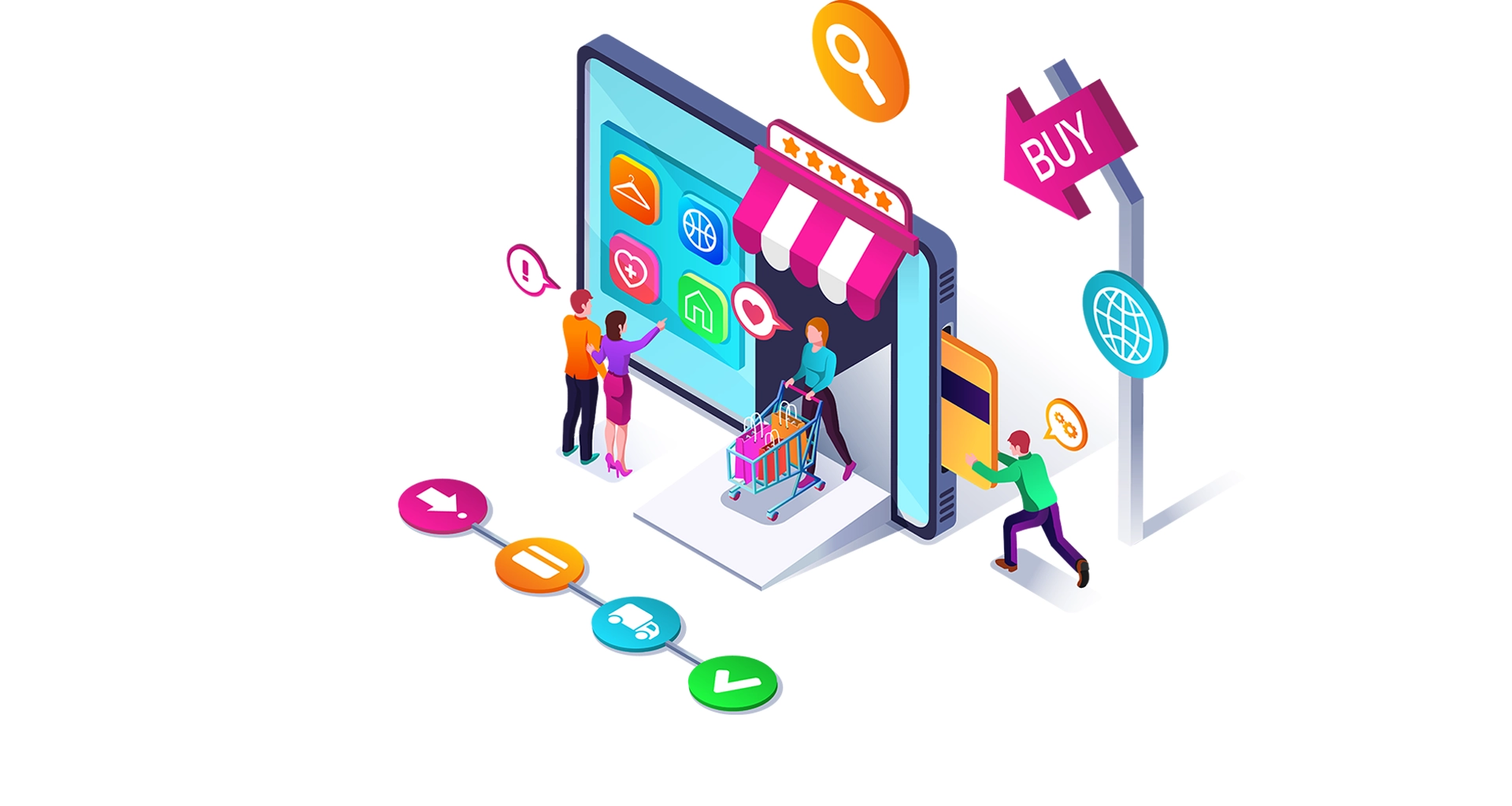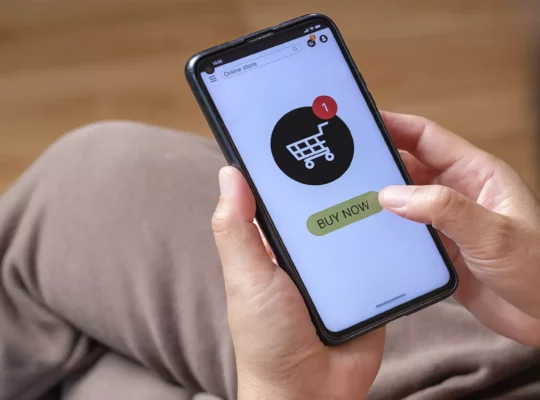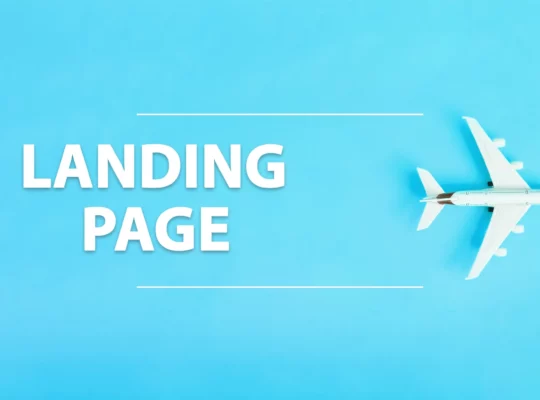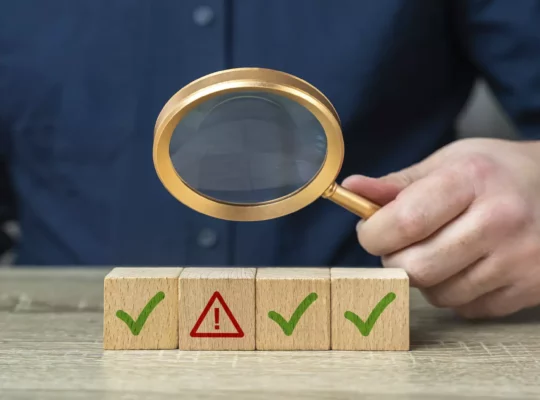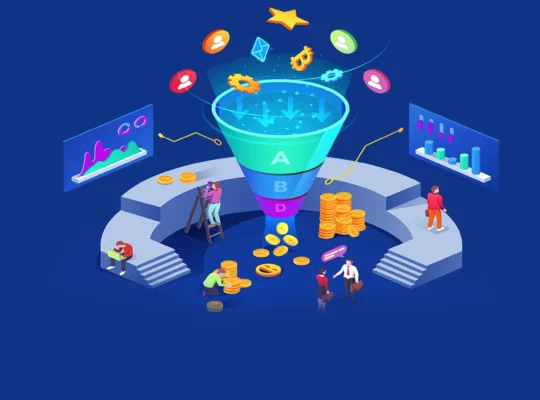Are you ready to take your marketing strategy to the next level? Attracting the right audience to your website can be a challenge, but with the right strategy, success is possible!
Landing pages are the key to increasing conversions and retaining your visitors, but did you know that there are different types for different purposes? From capturing leads to closing sales. The design and elements of your landing page can make all the difference in the performance of your campaigns.
In this article, you’ll dive into the exciting world of landing pages and discover the options for your business – get ready to explore the most effective landing page types and learn the key criteria for selecting the right one for you!
Your next step to success is just a click away.
If you’re reading this, it’s because you’re immersed in the fascinating world of landing pages. Whether you already have a page in place or are considering creating one, we welcome you to explore our article “7 Mistakes to Avoid to Get the Perfect Landing Page How to Correct Them?”.
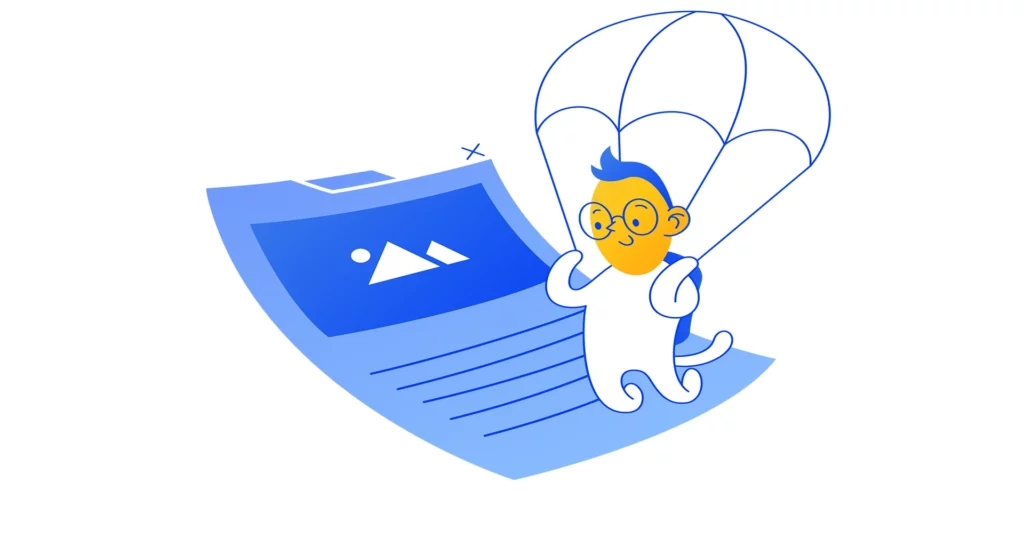
Landing Page Types
Splash or Welcome Page
The Splash page acts as a bridge between different web destinations, displaying promotions or brand announcements before redirecting the user. Although it is not essential for all sites, it can help to present relevant information, promote events or launches, as long as it does not divert attention from the conversion goal.
Squeeze Page (SP)
Highly effective in lead generation, the Squeeze page focuses on collecting emails offering visitors a special incentive, such as a lead magnet. With concise forms, its goal is to capture basic information to initiate lead nurturing processes and convert unfamiliar users into potential customers.
Lead Capture Page
Similar to the Squeeze page but with more form fields, these pages allow you to collect detailed information about potential customers, facilitating the creation of segmented marketing messages. Carefully optimized, they balance the request for information with an attractive offer, being more extensive and suitable for users in intermediate stages of the sales funnel.
Requires an email address to receive the offer. Serves to capture leads and build database for email marketing, newsletter and prospecting.
Sales Page
Designed to persuade users to buy, sales pages vary in length depending on the complexity of the product or service. They provide a detailed and compelling presentation of the benefits, adapting to the user’s information needs to increase the chances of conversion.
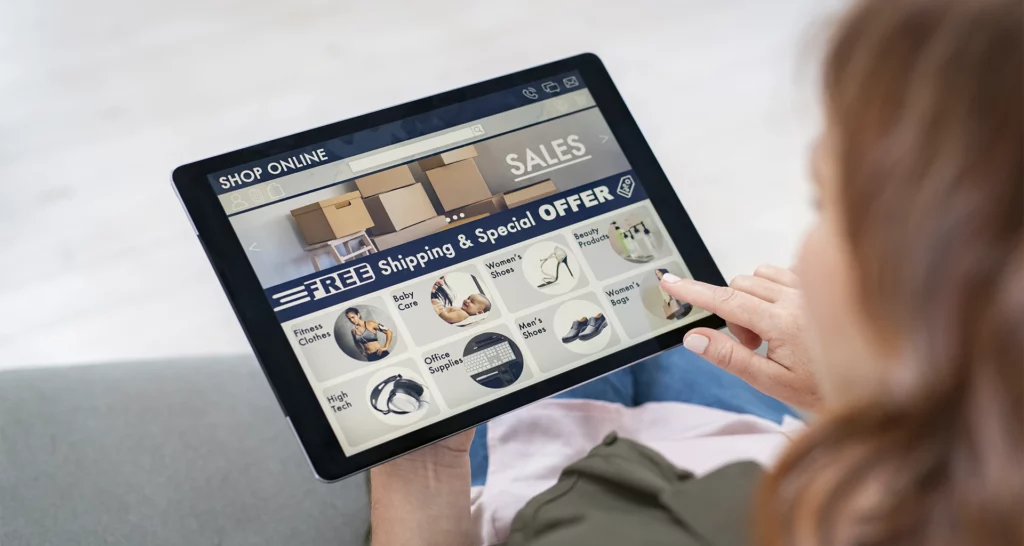
Click Through Page
This is the most basic and direct landing page, with the sole purpose of leading users to make a purchase. It contains only the product or service along with the purchase button, simplifying the user’s decision and action process.
Event Registration Page
Designed specifically to promote and register users for events such as webinars, conferences or workshops. Usually includes registration forms and details about the event, such as date, time and agenda.
Limited Offer or Discount Page
Used to promote special offers or limited time discounts. The page highlights the urgency and exclusivity of the offer to motivate visitors to take action immediately.
Confirmation or Thank You Page
Thank you landing pages are the best alternative to nurture the relationship with customers or prospects. After the visitor has completed a form or made a purchase, the thank you page helps build trust with customers and prospects. Its purpose is to confirm the action taken and thank the user, as well as to provide additional details if necessary.
After knowing the most used types of landing pages, you must be wondering how can I know which one my business needs?
Let’s quickly take a look at some aspects you should take into account when choosing the type of landing page you need.
- Establish Clear Objectives: Clearly define what you want to achieve with your landing page: do you want to capture leads, sell a product, promote an event or simply generate interest in your brand?
- Analyze the Sales Funnel: Examine where your target audience is in the sales funnel – are they looking for information, considering a purchase or ready to take action? This will help you determine what type of landing page is most appropriate.
- Know your Audience: Understanding who your users are and what they are looking for is critical. Research their needs, wants and behaviors to create a relevant and engaging experience.
- Evaluate your Budget: Consider how much you are willing to invest in your landing page. Some types may be more expensive to develop and maintain than others, so be sure to stick to your budget.
By following these steps, you will be better equipped to choose the right type of landing page for your needs and maximize the success of your marketing campaigns.
Conclusion
It is clear that there are numerous options for selecting landing pages. However, what is essential is to be clear about our objectives and find the right balance between these and our available resources. The ability to study user response with measurable data allows us to further optimize the user experience and increase our conversion rate on an ongoing basis.
At DISSAU, we understand the importance of an effective conversion strategy for the success of your online business. Our team is ready to help you create landing pages that maximize your efforts and generate tangible results.
Contact us today and find out how to boost your digital marketing strategy!


